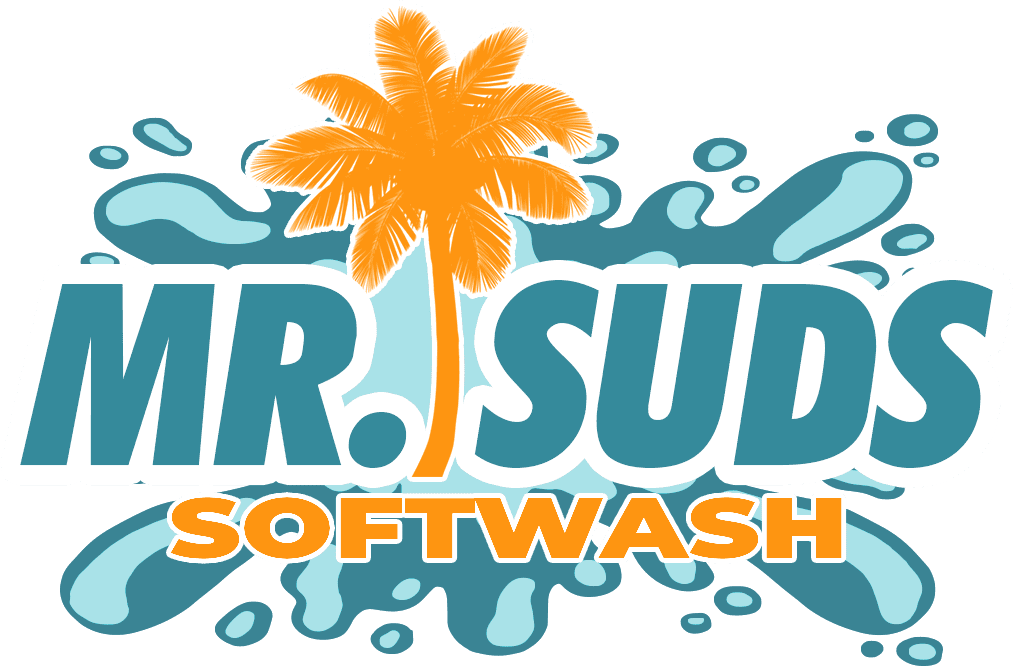When it comes to maintaining your home’s exterior, choosing the right cleaning process is more important than most homeowners realize. Over time, dirt, algae, mold, and other grime can build up on surfaces like siding, roofing, decks, and driveways, dulling your home’s appearance and even causing damage. We’ve seen firsthand how using the wrong method can do more harm than good, especially when high pressure is involved. That’s why we want to introduce a safer, smarter approach: soft washing. In this article, we’ll break down exactly what soft washing is, how it compares to pressure washing, and why it might be the best option for preserving your home’s beauty and structure.
What Is Soft Washing and How Does It Differ from Pressure Washing?
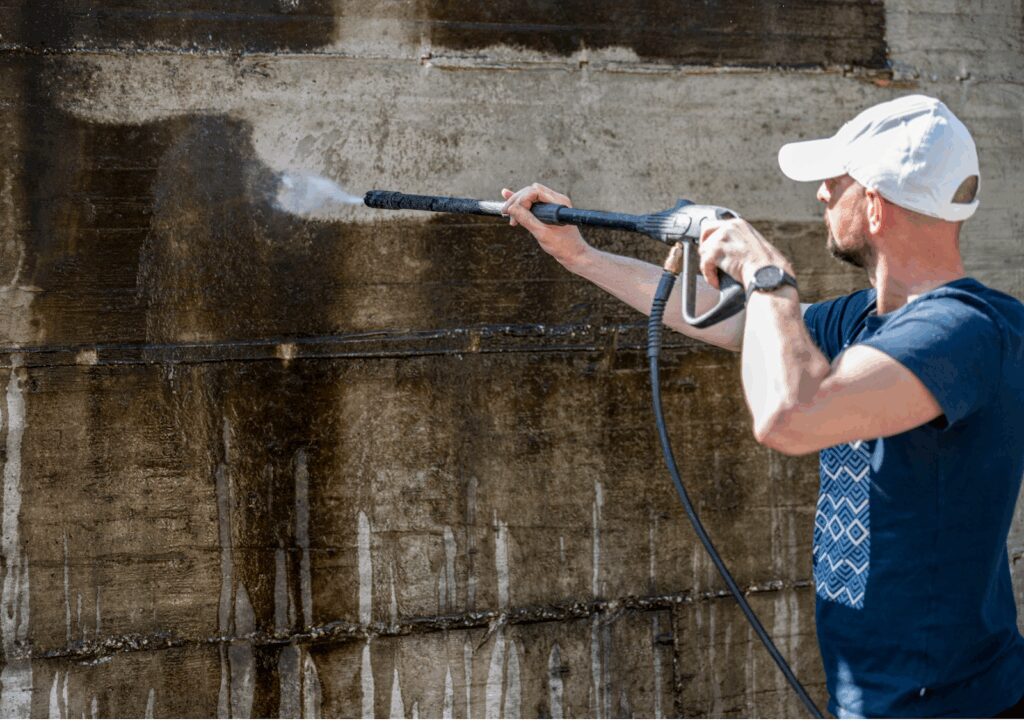
Understanding the Basics
What is soft washing? It’s a cleaning method that uses a low-pressure washing technique paired with a cleaning solution mixture to safely clean exterior surfaces. Unlike pressure washing or power washing, which rely on brute force and high-pressure water, soft washing is a more controlled, chemical-based process.
Key Differences
The main difference between soft washing and pressure washing lies in the pressure and purpose. Pressure washers use intense force to blast away dirt and grime. This is effective for hard surfaces like concrete, but can damage delicate surfaces. Soft washing, on the other hand, is a preferred method for siding, roof shingles, and outdoor furniture because it uses less pressure and focuses on effectively removing organic stains, mold, and algae.
Why Is Soft Washing the Preferred Method for Cleaning Delicate Surfaces?

Protecting Fragile Materials
Soft washing involves minimal force, making it ideal for fragile surfaces like stucco, wood siding, and roofing materials. When done right, this method avoids granular loss on shingles and prevents long-term damage.
Preventing Surface Degradation
Using high pressure on certain materials can strip paint, etch siding, and break seals. Washing is a cleaning method, not a destructive one, so for materials that matter, soft washing is the better choice.
What Surfaces Can You Safely Clean with a Soft Wash System?

Surface Compatibility
A soft wash system works well on:
- Roofs (especially asphalt roofs)
- Siding
- Screens and enclosures
- Gutters
- Decks and fences
- Solar panels
- Awnings
The Science of Cleaning Different Materials
Because of its biodegradable chemical base and chemical nature, soft washing is excellent for clean exterior surfaces and minimizing damaging surfaces. Even outdoor furniture and pool areas benefit from this cleaning technique.
How Does the Soft Washing Method Work Step-by-Step?
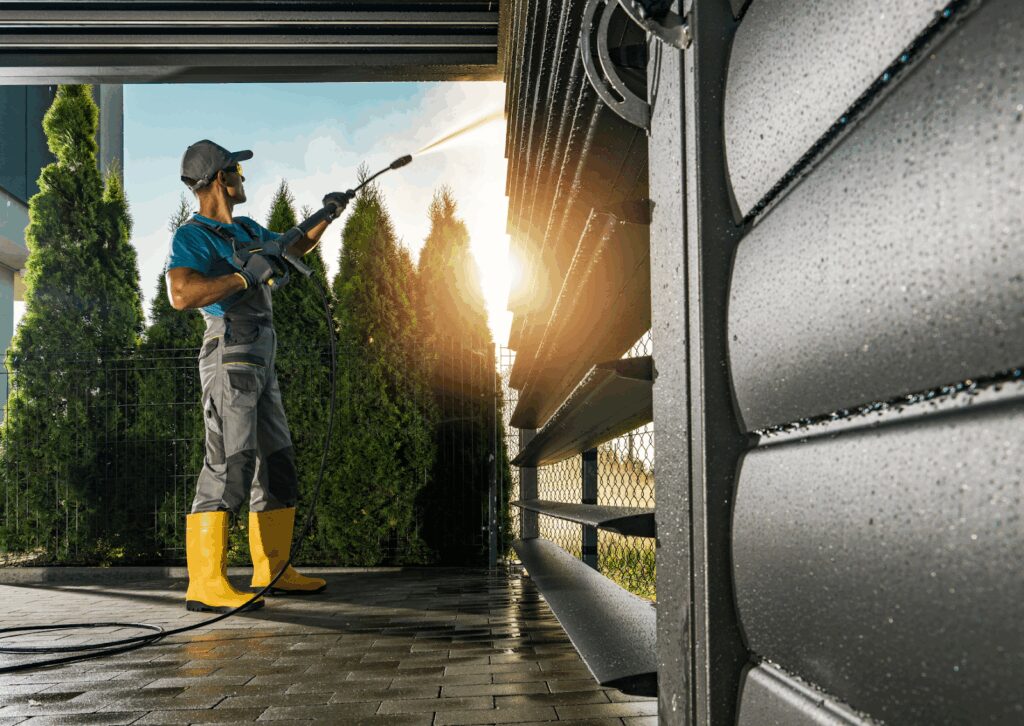
The Process Explained
The soft washing method generally includes:
- A pre-rinse to loosen debris.
- Application of the chemical mixture, which usually includes sodium hypochlorite.
- Letting the solution dwell and break down bacterial life, mold, and mildew.
- A final rinse with low-pressure water using special low-pressure nozzles.
Tools and Timing
Professional teams like Mr. Suds Softwash use long extension poles, roll-up hose systems, and precise timers to control the higher volume rinse cycle.
What Makes a Soft Washing Solution Effective?

Ingredients That Do the Work
The primary agent in most soft washing equipment is sodium hypochlorite, often combined with surfactants, water, and sometimes low-pressure bleach to form an effective water mixture. This blend targets organic stains, mildew spores, and root systems on surfaces.
Chemistry in Action
The chemical nature of the solution allows it to cling to surface area, breaking down dirt, algae, and mold without eroding the substrate.
Is Soft Washing Safe for Your Landscaping and Surrounding Area?
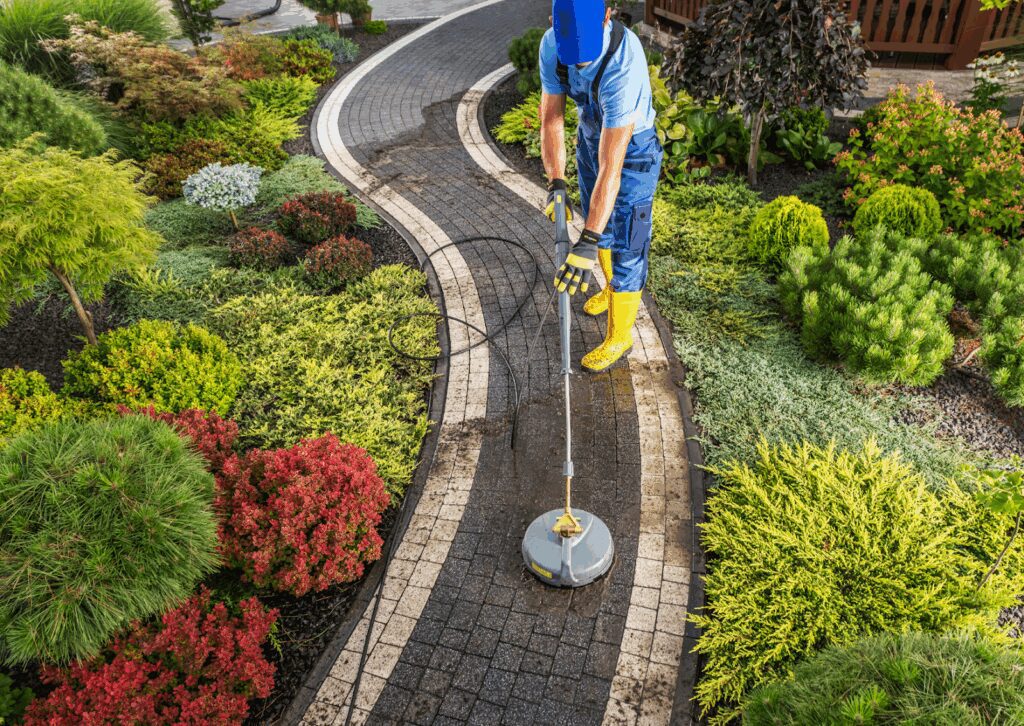
Environmental Concerns
Yes, when done correctly. Soft washing involves careful attention to excessive run off, with techs taking measures to cover other plants and protect the surrounding area.
Responsible Application
Products used by professional soft washing companies are often biodegradable chemicals, safe around grass, flowers, and shrubs.
What Equipment Is Used in Professional Soft Washing?

Tools of the Trade
Essential soft washing equipment includes:
- Pressure washer units modified for low pressure
- Soft wash system tanks
- Chemical injectors
- Extension poles
- Garden hose adapters
Differences from DIY Tools
While a basic power washer can convert for soft washing with the right accessories, true effectiveness comes from commercial-grade tools like those used by Mr. Suds Softwash.
Why Should You Hire a Professional Soft Washing Service?
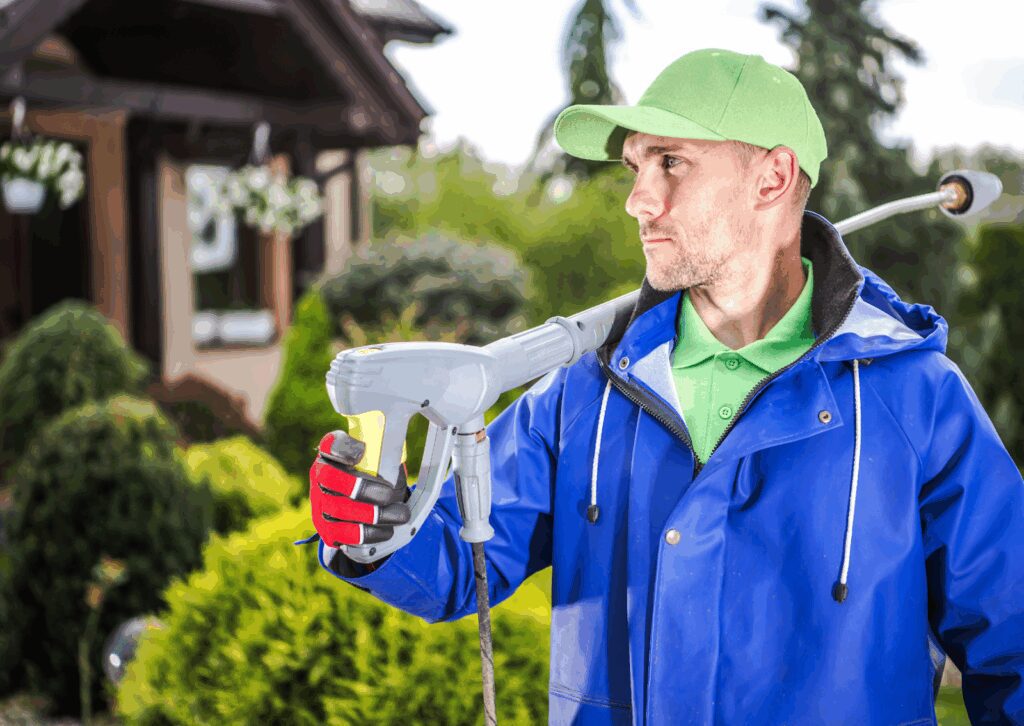
Skill and Safety
Professional soft washing teams know how to balance washing and pressure, use proper cleaning solution ratios, and avoid damaging surfaces. They’re also insured and trained in safety protocols.
Cost-Effective in the Long Run
By avoiding traditional pressure washing mistakes, you protect your roofing materials and siding, saving you from costly repairs later.
What Types of Organic Stains Can Soft Washing Effectively Remove?
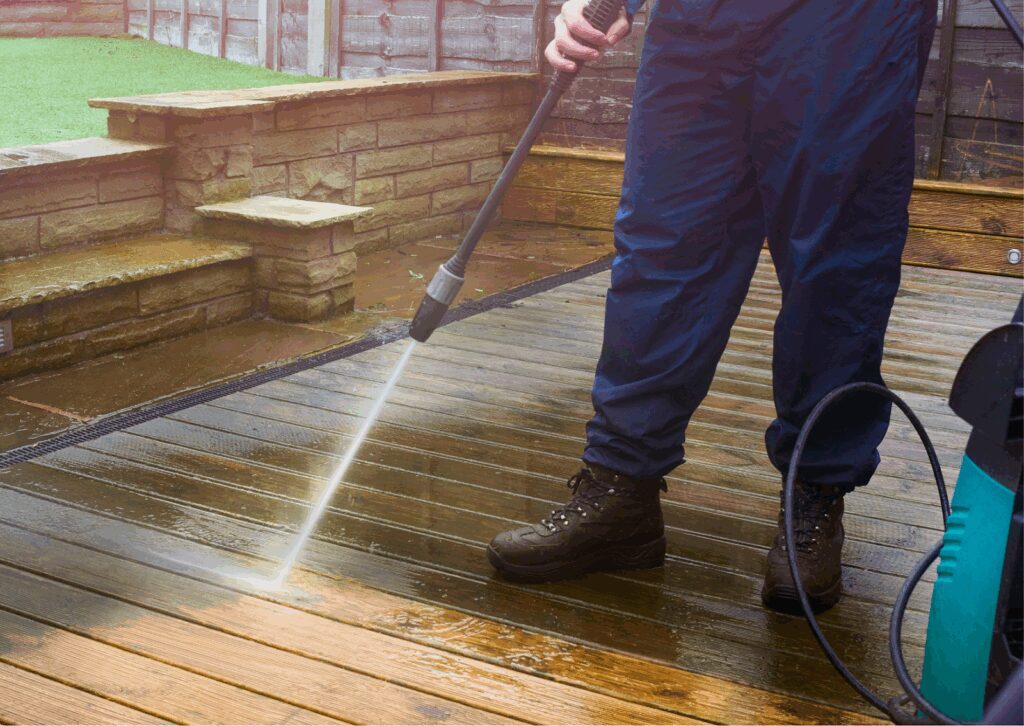
The Targets of Soft Washing
This method can effectively remove:
- Algae
- Mildew
- Mold
- Lichen
- Dirt
- Pollen
- Other organic stains
- Other stains, like bird droppings or smoke residue
Deep Cleaning Benefits
Because of its chemical penetration, soft washing reaches into root systems and kills growth at the source, not just on the surface.
How Does Soft Washing Boost Your Home’s Curb Appeal and Value?
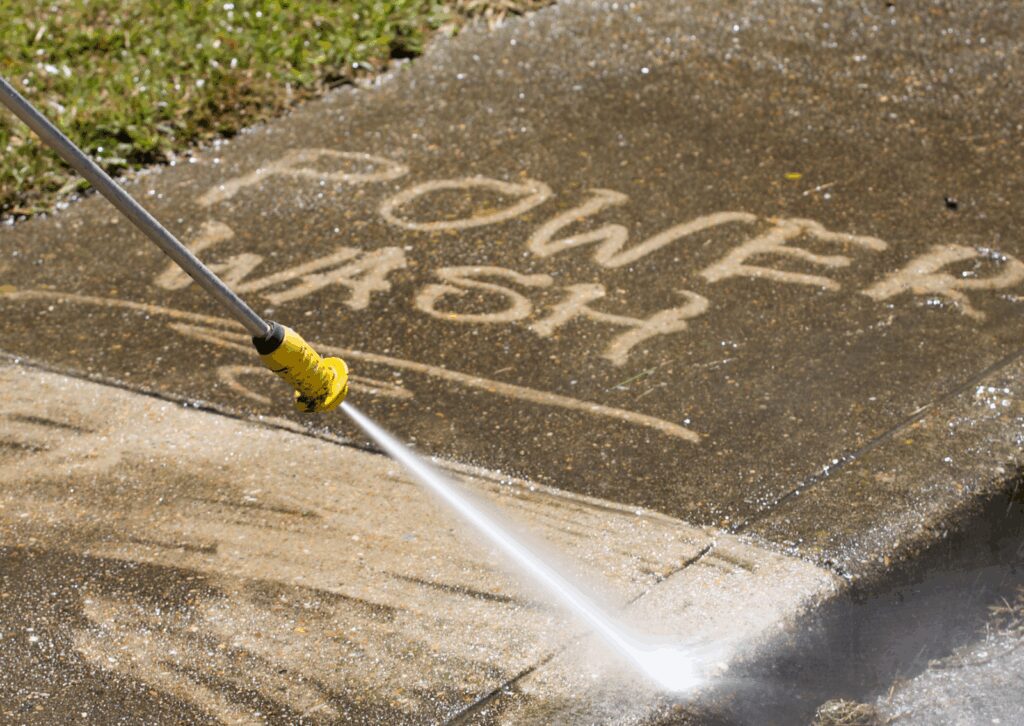
Visual Impact
Cleaner surfaces significantly improve curb appeal, making your home look well cared for. Buyers notice clean siding and roof shingles.
Value and Longevity
A well-maintained exterior prevents dirt buildup and deterioration, extending the life of roofing materials, trim, and paint.
What Are the Risks of Using High-Pressure Washing Instead?

Potential Damage
Using high-pressure washing on the wrong materials can cause:
- Granular loss on shingles
- Cracked siding
- Stripped paint
- Water intrusion
False Economy
While traditional pressure washing might seem fast, it can reduce the lifespan of your home’s exterior and lead to long-term damage.
Where Can You Find Additional Resources on Soft Washing?
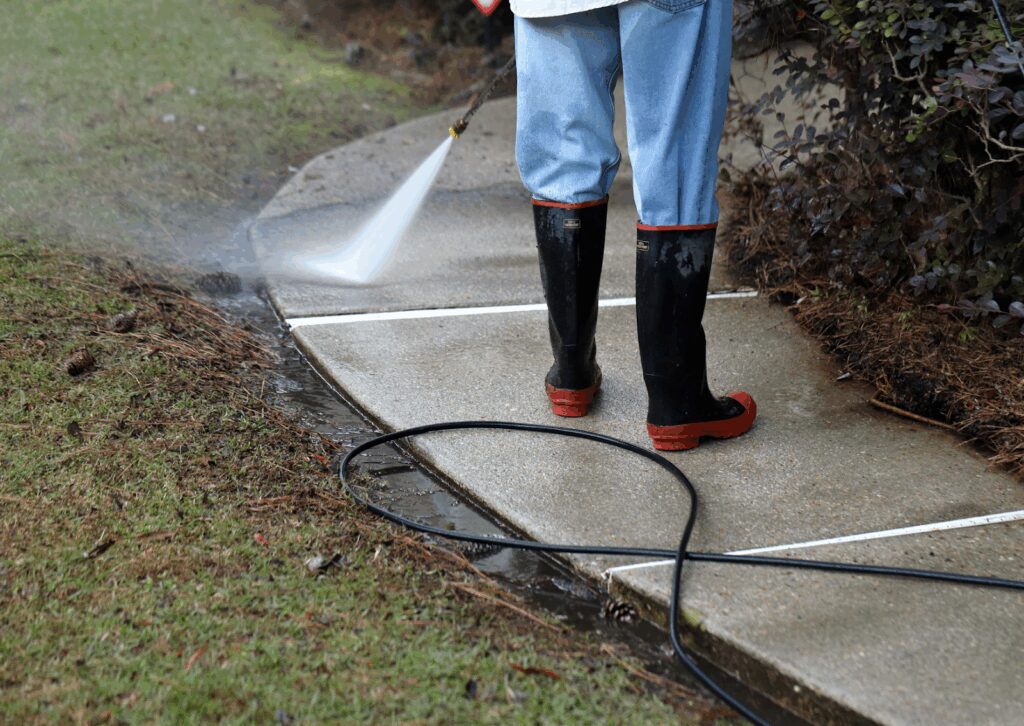
Educational Tools
Homeowners can find additional resources through:
- Manufacturer guidelines
- Home improvement websites
- YouTube tutorials
- Government recommendations
Learn Before You Spray
Understanding how detergent-assisted washing works, how to choose the right chemical mixture, and when to call a professional are key to doing it right.
Ready to Transform Your Home with Soft Washing?

Don’t wait until stains, mold, and algae take over your siding or roof. Soft washing is the safe, smart way to maintain your home’s beauty and structure.
Whether you’re prepping for a sale or just want to protect your investment, Mr. Suds Softwash is ready to help. With professional-grade soft washing equipment, eco-friendly solutions, and experience across all kinds of exterior surfaces, their team ensures each job is done thoroughly and safely.
Call today or request a free quote online. Your home deserves more than a rinse, it deserves a soft wash.
Final Thoughts
We believe in protecting your home with methods that work. That’s why we recommend soft washing as the most effective and safest approach to keeping your exterior surfaces clean. It’s a smart solution, backed by science and used by professionals like Mr. Suds Softwash.
Keep your siding bright, your shingles strong, and your surfaces spotless with a method that treats your home with care.
Works Cited (MLA Format)
- Schrock, Joseph. “Soft Washing vs Pressure Washing: What’s the Difference?” Bob Vila, 2022, https://www.bobvila.com/articles/soft-washing-vs-pressure-washing/. Accessed 2 June 2025.
- Whitmore, Timothy. “How to Soft Wash a Roof Safely.” Angi, 2023, https://www.angi.com/articles/soft-wash-roof.htm. Accessed 2 June 2025.
- Everman, Diana. “Why Soft Washing Is the Best Method for Roof Cleaning.” Family Handyman, 2023, https://www.familyhandyman.com/project/soft-wash-roof/. Accessed 2 June 2025.
- Miles, Kevin. “Soft Washing Guide for Homeowners.” HouseLogic by NAR, 2024, https://www.houselogic.com/by-room/exterior/soft-washing-home-exterior/. Accessed 2 June 2025.
- Green, Anna. “Exterior Cleaning Methods Explained.” HGTV, 2023, https://www.hgtv.com/outdoors/maintenance-and-repair/pressure-washing-vs-soft-washing. Accessed 2 June 2025.
Frequently Asked Questions:
1. What is soft washing?
Soft washing is a low-pressure cleaning process that uses a biodegradable chemical mixture to remove organic stains, mold, algae, and mildew from exterior surfaces. It's a safer alternative to pressure washing, especially on delicate surfaces like roof shingles and siding.
2. How is soft washing different from pressure washing?
The main difference is in the amount of pressure used. Pressure washing relies on high-pressure water to blast away dirt, which can damage fragile surfaces. Soft washing, on the other hand, uses a low-pressure washing technique and a cleaning solution to gently and effectively clean without causing harm.
3. What surfaces are best suited for soft washing?
Soft washing is ideal for cleaning asphalt roofs, stucco, vinyl siding, screens and enclosures, solar panels, gutters, outdoor furniture, decks, and fences. It’s designed to safely clean exterior surfaces without the risk of damage that comes with high-pressure methods.
4. What chemicals are used in the soft washing method?
The soft washing method typically uses a chemical mixture that includes sodium hypochlorite (as the primary agent), surfactants, and water. This cleaning solution mixture breaks down bacterial life, algae, and mildew spores, allowing them to be rinsed away with low pressure water.
5. Is soft washing safe for my landscaping and plants?
Yes. When performed correctly by professionals, soft washing is safe for the surrounding area, including other plants. The biodegradable chemical solutions are designed to minimize excessive runoff and avoid harming your lawn or garden.
6. Can I soft wash my house myself with a pressure washer?
While some pressure washers can be adapted for soft washing, professional-grade soft washing equipment includes special low-pressure nozzles, garden hose connections, and calibrated wash system tanks. For the best and safest results, it's recommended to hire a professional soft washing service like Mr. Suds Softwash.
7. What kinds of stains can soft washing remove?
Soft washing can effectively remove a wide range of organic stains such as mold, mildew, algae, lichen, pollen, dirt, and other common contaminants. It targets the root systems of these growths, not just what's on the surface, which means your home stays cleaner for longer compared to surface-level cleaning.
8. How does soft washing help improve curb appeal?
By targeting stains and buildup on roofs, siding, and walkways, soft washing dramatically enhances your home’s curb appeal. It restores a bright, clean look to your surface area without risking damage to roofing materials or paint.
9. Are there risks with using high-pressure washing on my home?
Yes. Using high-pressure washing on the wrong surfaces can lead to serious damage, including granular loss on roof shingles, cracked siding, stripped paint, and water intrusion behind walls. For delicate surfaces and materials like roofing, wood, or painted siding, soft washing is a much safer and more effective option.
10. Where can I find additional resources about soft washing?
You can find additional resources about soft washing through trusted home improvement websites, expert cleaning blogs, manufacturer recommendations, and videos that demonstrate proper cleaning technique. For professional insight and reliable service, companies like Mr. Suds Softwash also provide helpful guides and information tailored to different exterior surfaces.
